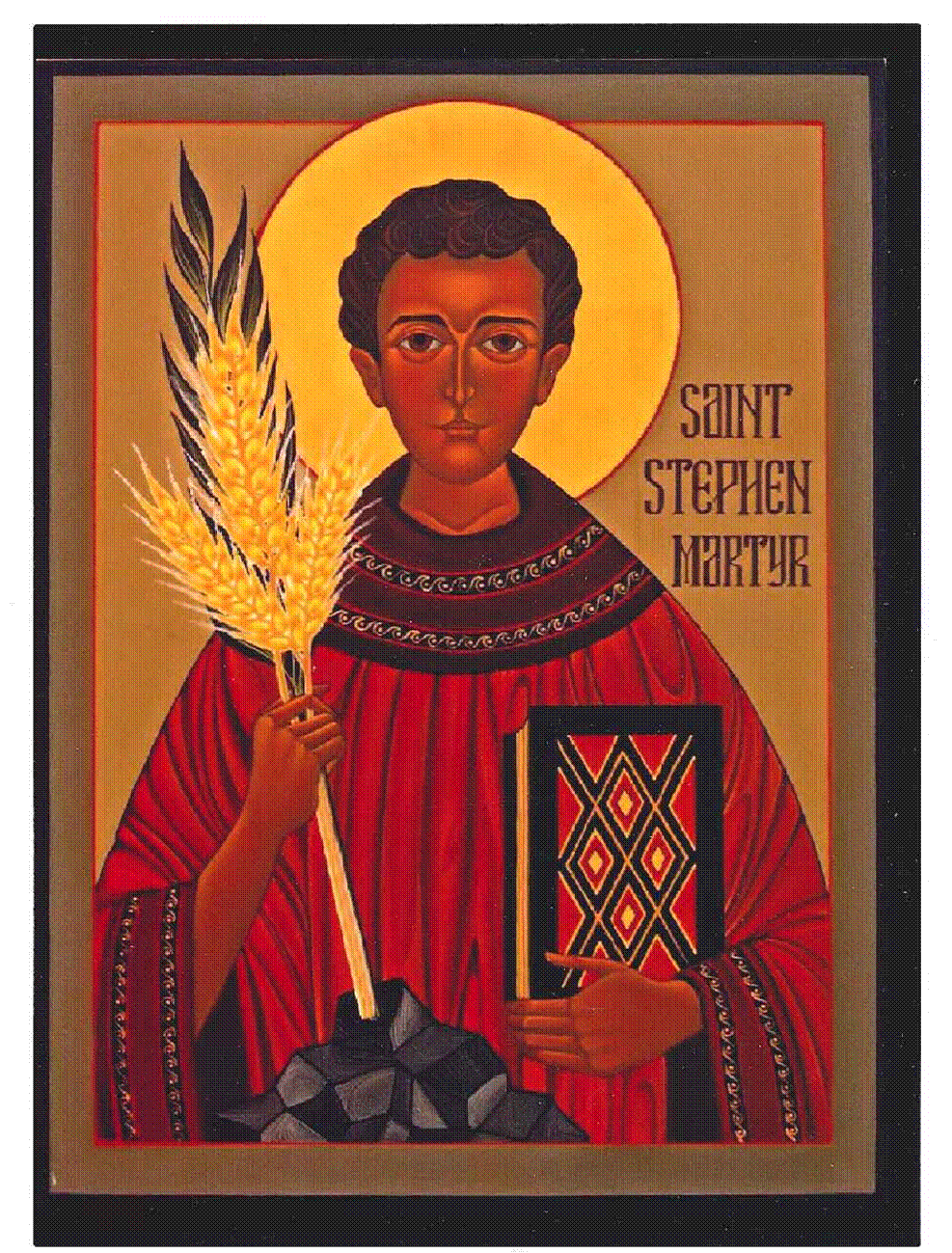Let Your Light Shine

On Sunday morning, if you watched TV at all, you were treated to the annual visit of Punxsutawney Phil, the groundhog tasked with telling the world whether spring will come early or not. He is not the only weather-predicting groundhog, and he doesn’t even have the best weather-predicting record. He does, however, have great PR, and so the whole world knows about Punxsutawney Phil.
Let's be real. No matter what the groundhog “says,” spring comes on March 21st. This is all about winter and spring as a state of mind.
But there is an amazing history behind that brown-creature and weather prediction.
You also need to know that February 2, Groundhog Day, is known as Candlemas, an even-older religious tradition marking the mid-way point between the winter solstice and spring equinox.
According to The Old Farmer's Almanac:
It’s no accident that Groundhog Day and Candlemas are celebrated together, for both signify the triumph of light over darkness, spring over winter.
Candlemas was originally a Celtic festival marking the “cross-quarter day” or midpoint of the season. The Sun is halfway on its advance from the winter solstice to the spring equinox. The Christian church expanded this festival of light to commemorate the purification of the Virgin Mary and her presentation of the infant Jesus in the Temple. Candlelit processions accompanied the feast day.
Since the traditional Candlemas celebration anticipated the planting of crops, a central focus of the festivities was the forecasting of either an early spring or a lingering winter. Sunshine on Candlemas was said to indicate the return of winter. Similarly, “When the wind’s in the east on Candlemas Day / There it will stick till the second of May.”
A bear brought the forecast to the people of France and England, while those in Germany looked to a badger for a sign. In the 1800s, German immigrants to Pennsylvania brought their Candlemas legends with them. Finding no badgers but lots of groundhogs, or woodchucks, there, they adapted the New World species to fit the lore.
When I saw that February 2 was on a Sunday this year, I mentioned Candlemas to Pastor Jason. He was familiar with the other traditions celebrated that day: the presentation of the Lord and the Purification of Mary. He didn’t know about Candlemas, but as he researched it, he became interested.
It ties in so perfectly with the idea of light, which is the theme we carry throughout the season of Epiphany.
Epiphany is ushered in by the star, the light that guided the Wise Men to the baby Jesus.
Luke tells us that forty days after his birth, Jesus was brought to the Temple to be offered to God as commanded in God’s Law.
Simeon, who met Jesus during this presentation at the Temple, recognized Jesus as "a light for revelation to the Gentiles and for glory to your people Israel." He saw and named Jesus as a light to guide everyone, Jew and Gentile together.
Part of the Candlemas service is to bless the candles to be used in the church in the upcoming year. Had Jason been here, the altar area would probably have been decorated with hundreds of candles. Our altar Guild took a more measured approach and put out samples of the different types of candles we use throughout the year.
There are votives we use in the prayer chapel. There are tower candles we use at the entrance way and in the chapel. There are tapers we use at the Easter Vigil and Christmas Eve. There are stick candles we use on the altar. There is the Paschal Candle, which stands tall and guards the altar throughout the year.
The blessing says, "Accept these candles which we offer in thanksgiving; may they be to us a sign of Christ, the Light of the world, the light no darkness can overcome."
Chaplain Susannah Tulloch, who served as our pastor on Sunday, did a great job of showing the children the importance of light: it guides us, it protects us, it helps us.
Like the light that he is, Jesus does all that for us.
- Ann Iona Warner
P.S.: More Candlemas trivia: any Christmas decorations not taken down by Epiphany should be left up until Candlemas. Your excuse is up for this year, but keep it in mind for next year!


























Comments